Understanding Blepharitis: Your Guide to Eyelid Health
Blepharitis is a common and often persistent condition characterised by inflammation of the eyelids. While generally not sight-threatening, it can cause significant discomfort and irritation. Understanding blepharitis is the first step towards effective management and maintaining comfortable, healthy eyes.
For official medical information about blepharitis, visit the NHS website. The NHS provides comprehensive information about symptoms, causes, and treatment options for blepharitis.
What Exactly is Blepharitis?
Blepharitis involves inflammation occurring along the edges of the eyelids, typically where the eyelashes grow. It can affect both eyes and people of all ages. The condition often presents in two main forms, which can occur separately or together:
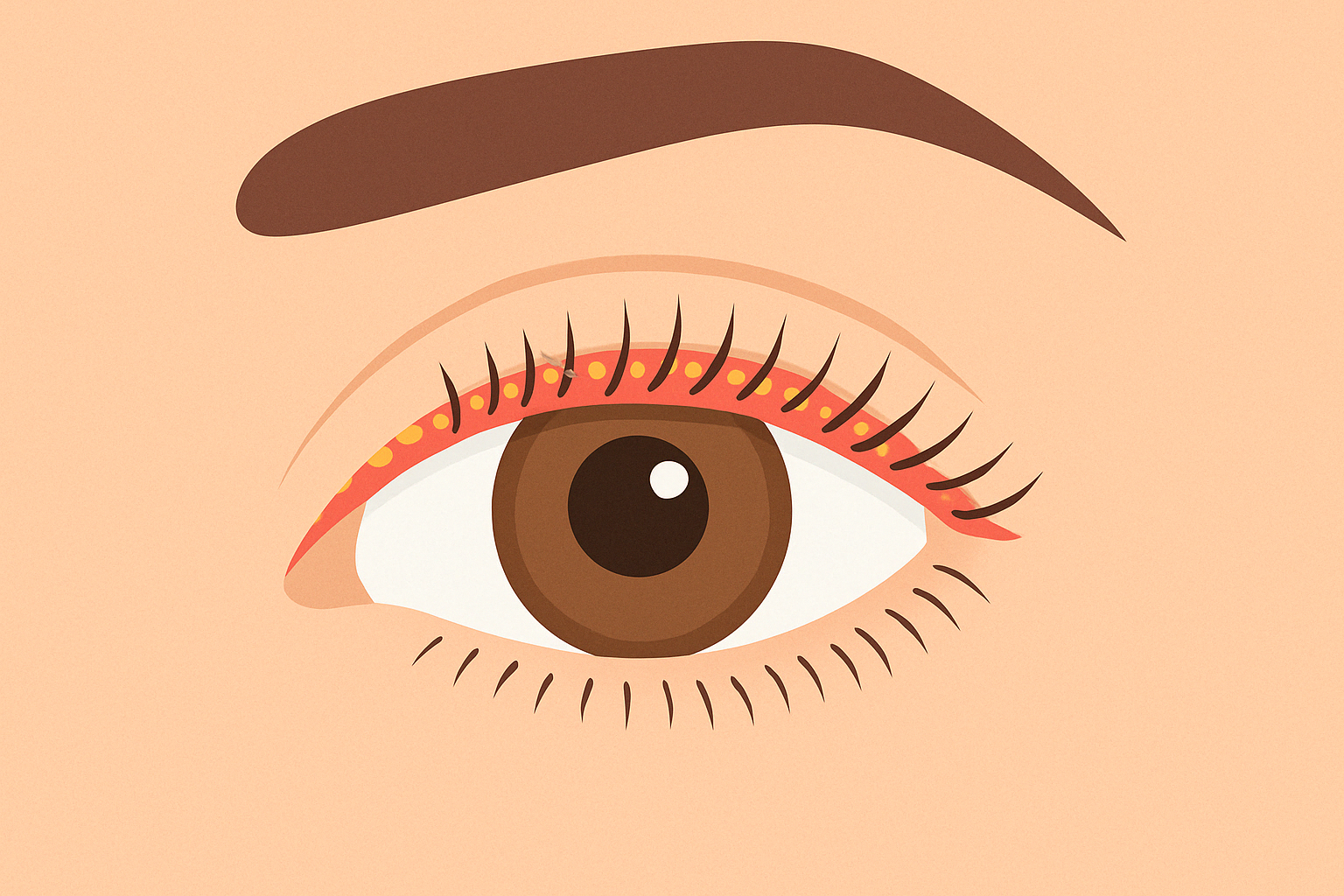
Anterior Blepharitis
Affects the outside front edge of the eyelid, where the eyelashes attach. This is often caused by bacteria (like Staphylococcus) or dandruff of the scalp and eyebrows (seborrheic dermatitis).
Common Characteristics:
- Redness and swelling at the base of eyelashes
- Flaky, scaly skin around the eyes
- Often associated with scalp dandruff
- May cause eyelash loss or misdirection
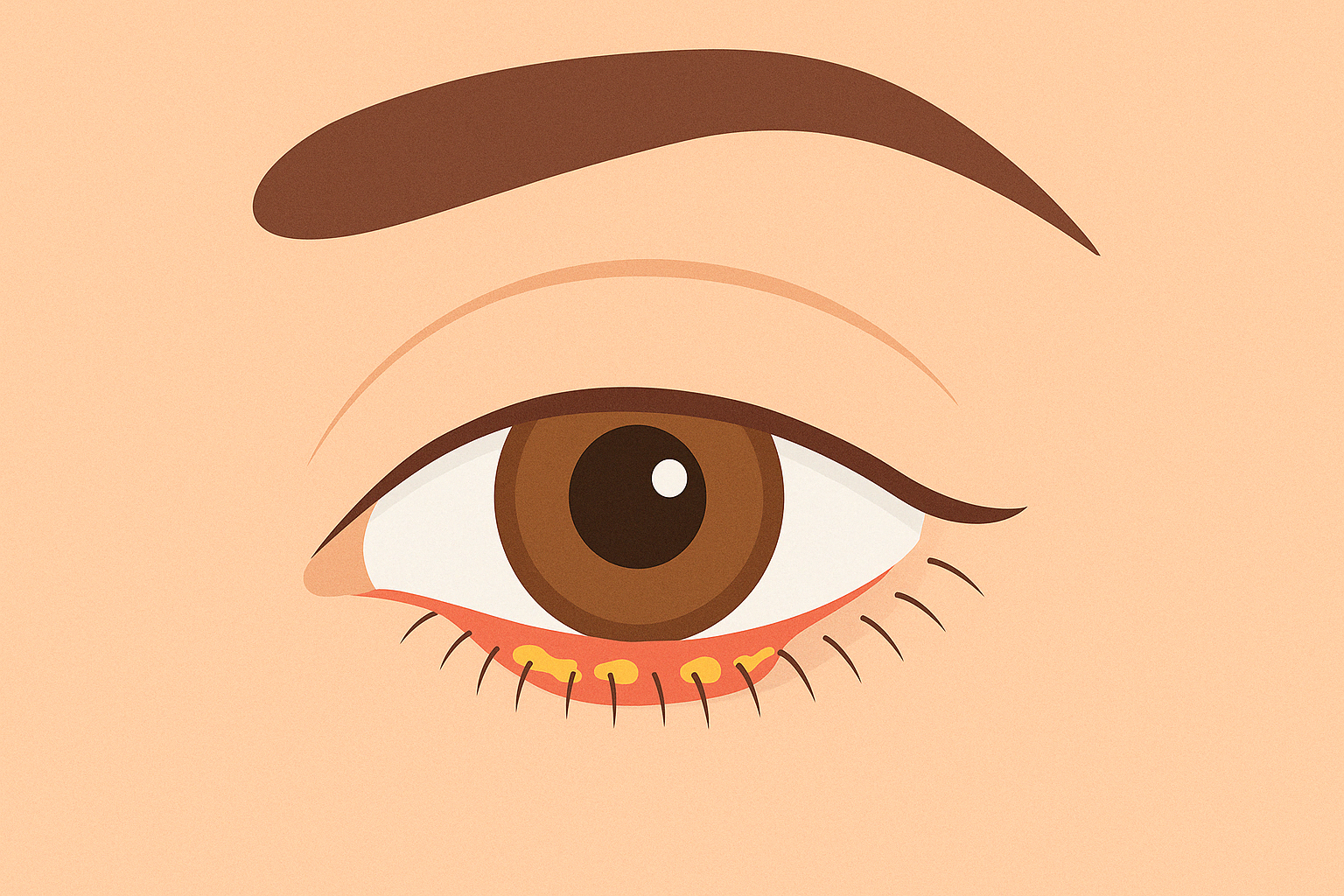
Posterior Blepharitis
Affects the inner edge of the eyelid that touches the eyeball. This is linked to problems with the tiny oil glands (Meibomian glands) within the eyelids, leading to Meibomian Gland Dysfunction (MGD). Skin conditions like rosacea can also contribute.
Common Characteristics:
- Thickened, irregular eyelid margins
- Abnormal or reduced oil secretion
- Often associated with dry eye syndrome
- May lead to chalazia (eyelid cysts)
Recognising the Symptoms
Common Symptoms
- Red, swollen, or itchy eyelids
- A gritty, burning, or stinging sensation
- Crusting or dandruff-like flakes at the base of eyelashes
- Greasy-looking eyelids
- Sensitivity to light (photophobia)
- Watery eyes
- Blurred vision that improves with blinking
- Abnormal eyelash growth or loss
- Recurrent styes or chalazia
Note: Symptoms are often worse in the morning and may come and go in severity. Many people experience periods of flare-ups followed by relative calm.
Common Causes
Why Does Blepharitis Occur?
- Bacterial Overgrowth: An excess of bacteria normally found on the skin, particularly Staphylococcus species
- Meibomian Gland Dysfunction (MGD): Blockage or malfunction of the oil glands in the eyelids, leading to poor quality or quantity of oil secretion
- Skin Conditions: Seborrheic dermatitis (dandruff) and rosacea are strongly linked to both anterior and posterior blepharitis
- Eyelash Mites: Tiny mites called Demodex living in eyelash follicles (though their exact role is debated)
- Allergies: Reactions to eye makeup, contact lens solutions, or medications
- Dry Eyes: Blepharitis and dry eye syndrome often occur together, each potentially worsening the other
Prevention Tips
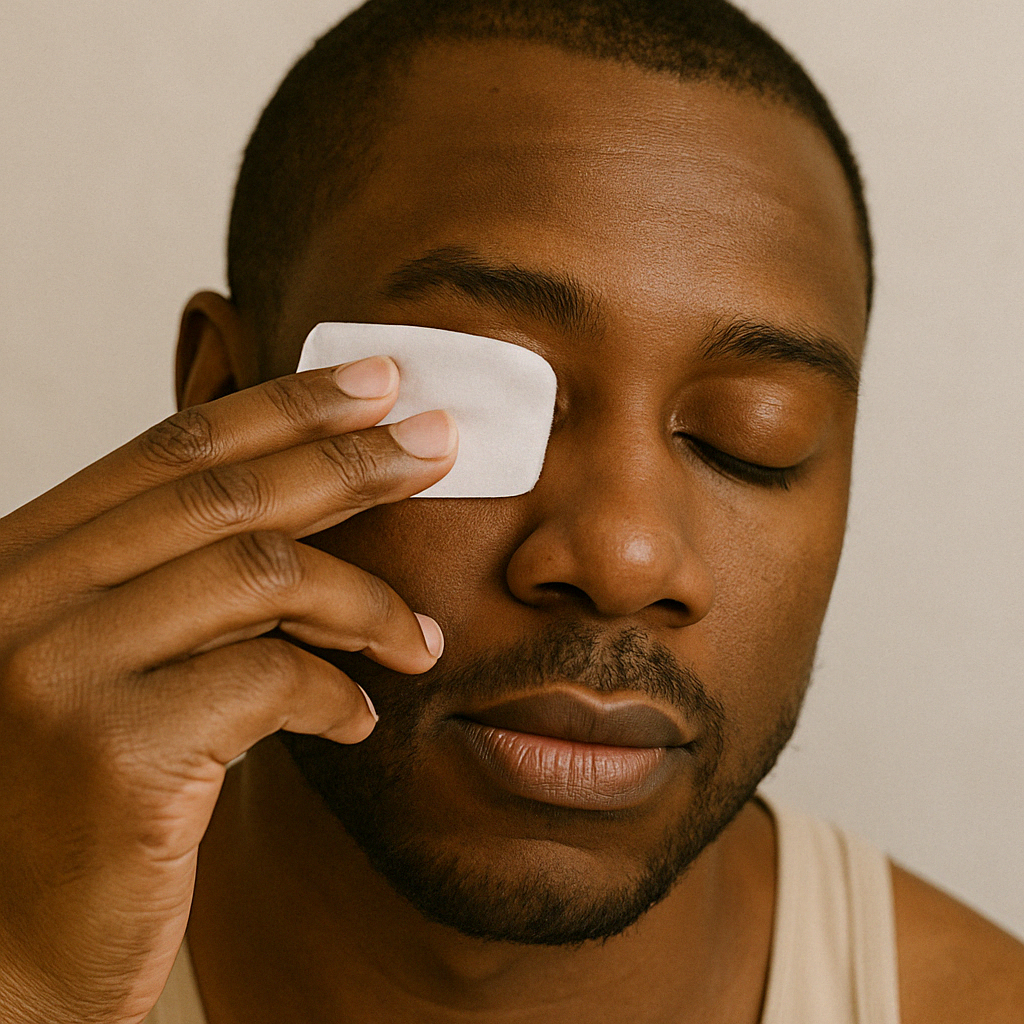
Daily Eyelid Hygiene
Clean eyelids daily with gentle wipes or diluted baby shampoo to remove bacteria and debris
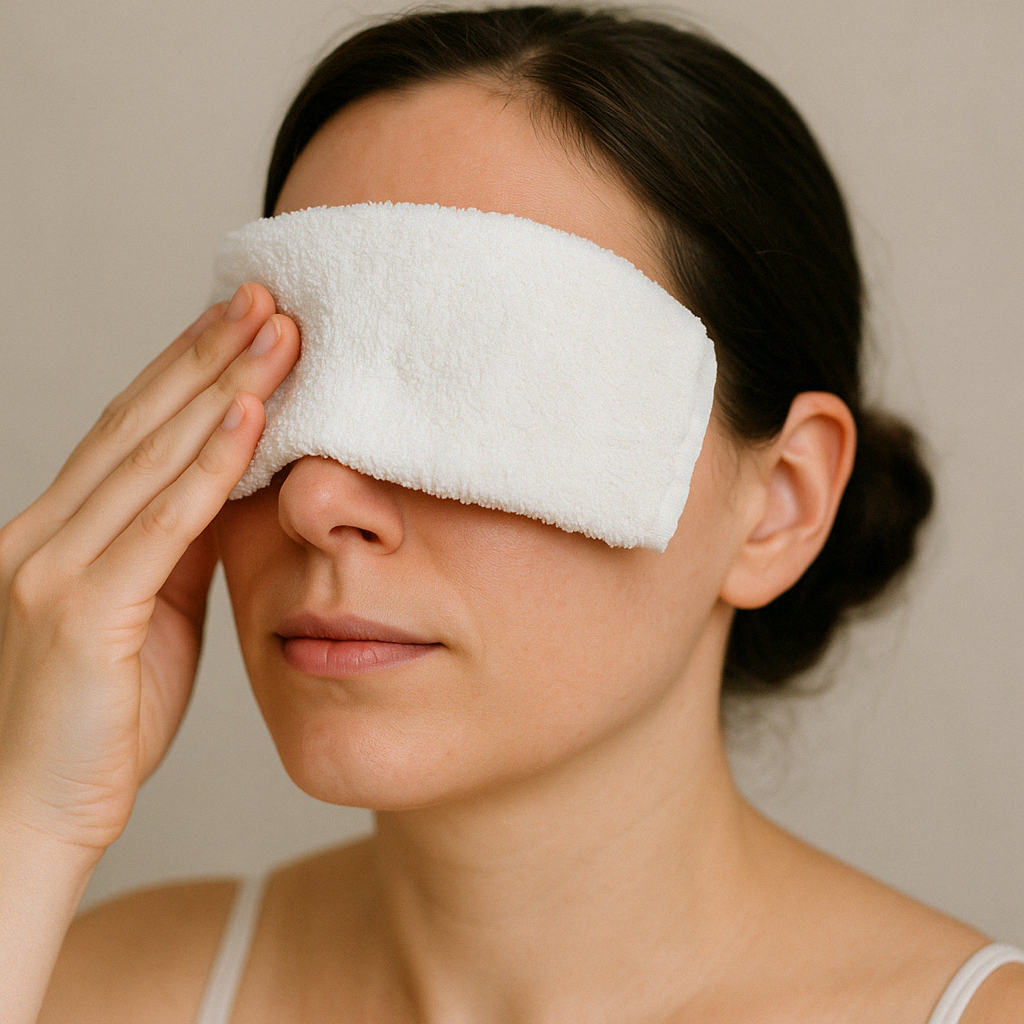
Regular Warm Compresses
Use warm compresses for 5-10 minutes daily to help unblock oil glands
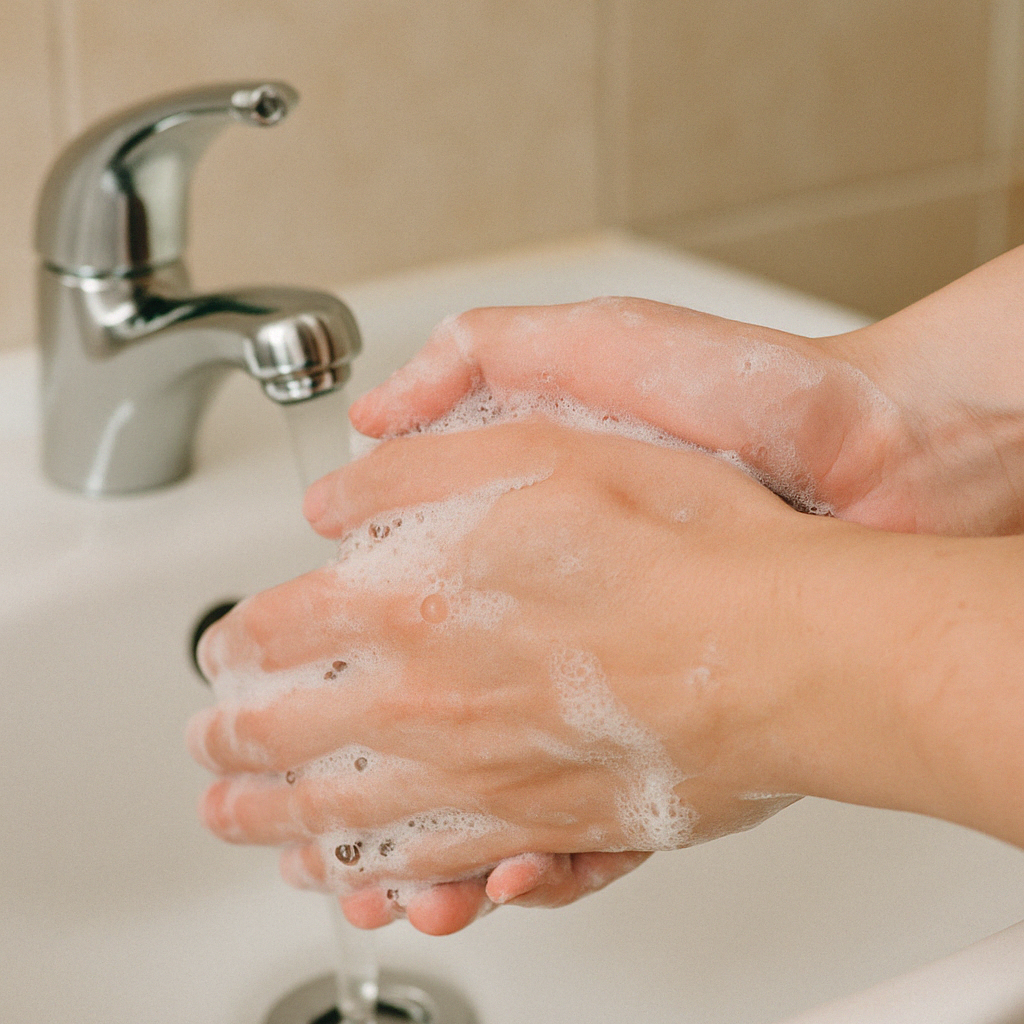
Hand and Face Hygiene
Keep hands and face clean, especially before touching the eyes
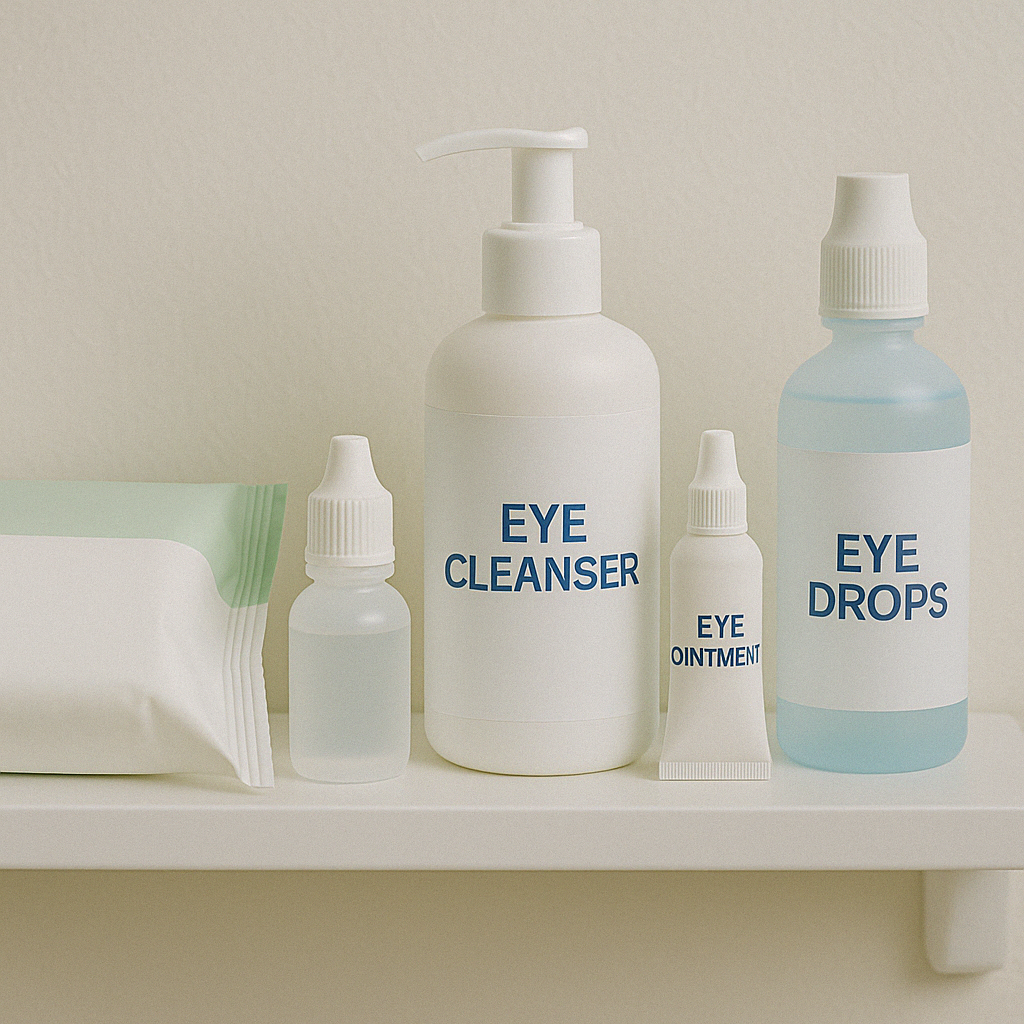
Product Management
Avoid irritating eye products and replace makeup regularly
Potential Complications
Why Treatment Matters
- Styes and Chalazia: Painful or painless lumps on the eyelids caused by blocked glands
- Chronic Conjunctivitis: Persistent inflammation of the eye's surface
- Dry Eye Syndrome: Disruption of the tear film leading to discomfort and potential damage
- Eyelash Problems: Loss of eyelashes or misdirected growth that can scratch the eye
- Corneal Issues: In severe cases, can lead to corneal ulcers or scarring
Treatment Strategies
Eyelid Hygiene (The Cornerstone of Treatment)
- Warm Compresses: Apply a clean, warm flannel or eye mask to closed eyelids for 5-10 minutes. This helps loosen crusts and liquefy oily secretions from the Meibomian glands.
- Gentle Massage: Lightly massage the eyelid margins (near the lashes) immediately after the compress to help express the oils from the glands.
- Eyelid Cleaning: Use a specific eyelid cleansing wipe or solution to gently scrub along the base of the eyelashes, removing debris, crusts, and excess oil.
Medical Treatments
- Antibiotics: Topical ointments or drops may be prescribed if a bacterial infection is suspected. Oral antibiotics might be used for posterior blepharitis/MGD.
- Steroid Eye Drops/Ointments: Used short-term under supervision to control significant inflammation.
- Artificial Tears: Lubricating eye drops can help relieve associated dry eye symptoms.
- Underlying Conditions: Managing dandruff, rosacea, or allergies is crucial for controlling blepharitis.
Disclaimer: This information is intended for general knowledge and informational purposes only, and does not constitute medical advice. It is essential to consult with a qualified eye care professional for any health concerns or before making any decisions related to your health or treatment.